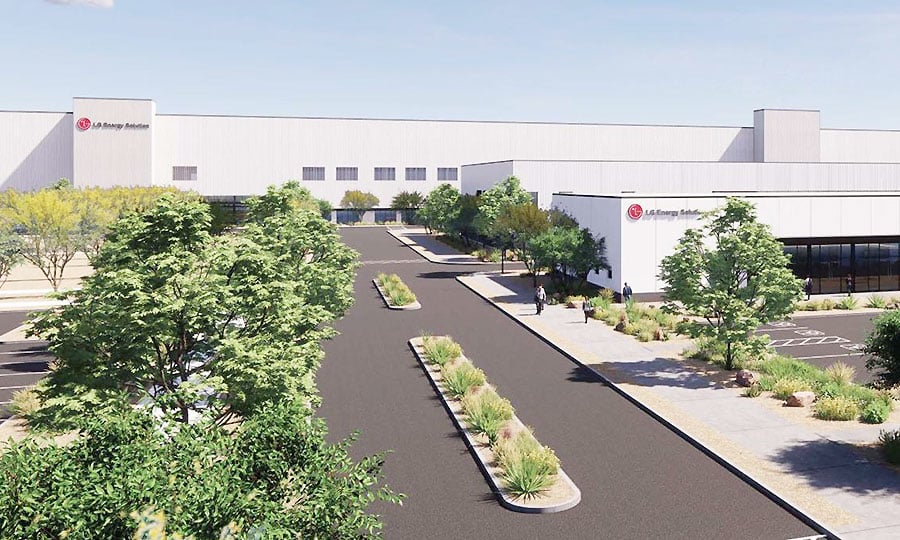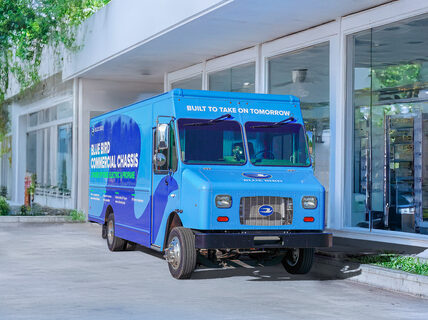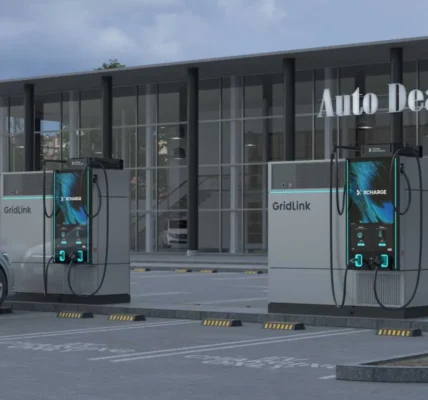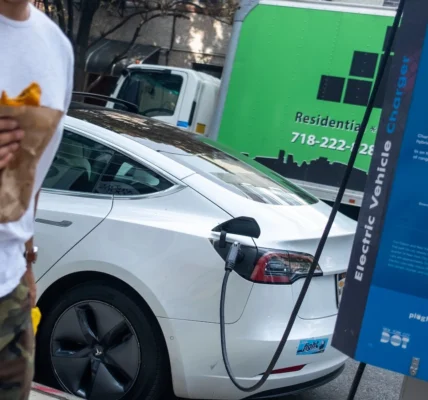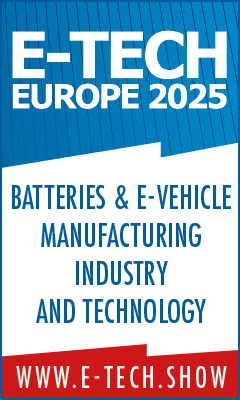The battery supply deal is part of Toyota’s push to produce 3.5 million battery EVs a year by 2030. To support the push, the automaker announced plans last month to triple its annual EV production target to 600,000 vehicles in 2025 as it looks to compete against global EV makers like Tesla and China-based BYD. At the same time, Toyota announced plans to update and streamline its EV manufacturing process and bring down production costs, something that has inhibited EV growth plans for many automakers.
The company’s North American segment sold 64,298 EVs in September, up 81.5% YoY. LG Energy Solution, meanwhile, has become a giant in U.S. battery manufacturing over the past year.
The company has signed lucrative partnerships with some of the world’s biggest automakers, investing billions of dollars in battery factories across the U.S.The battery maker is partnering with Hyundai to build a $6.3 billion battery manufacturing campus in Savannah, Georgia. With Honda, it’s building an up to $4.4 billion battery factory in Fayette County, Ohio.
Finally, LG Energy Solution and GM’s joint venture Ultium is building three battery production sites across Ohio, Tennessee and Michigan. On its own, LG Energy Solution is investing $5.5 billion in a Queen Creek, Arizona complex, where it will produce both cylindrical EV batteries and lithium iron phosphate batteries.
“With our 30 years of experience in lithium-ion batteries, we will provide innovative power solutions to support Toyota’s push further into battery electric vehicles,” Young Soo Kwon, CEO of LG Energy Solution, said in a statement. “The agreement also presents another big opportunity for us to strengthen our production capacity in North America, thereby bringing more real-life, large-scale progress toward electrification in the region.”


